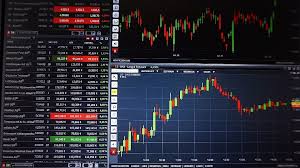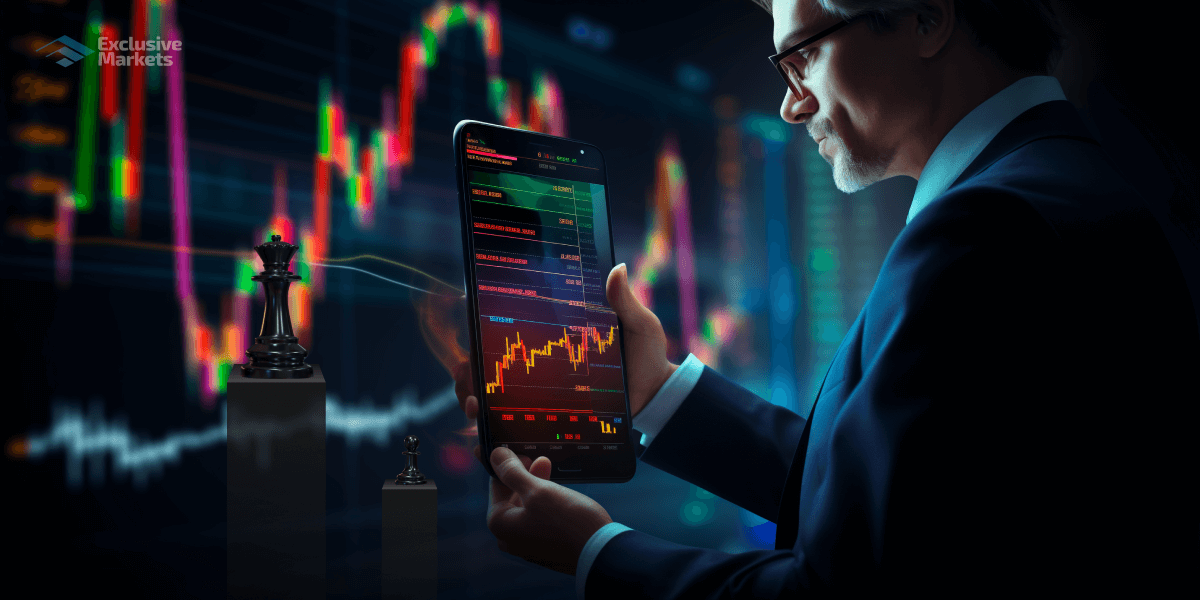
Understanding Forex Trading Software: A Comprehensive Guide
In the rapidly evolving world of finance, forex trading has emerged as one of the most dynamic and intriguing avenues for investors and traders alike.
The quest for profitability in currency markets has led to the development of various forex trading software solutions designed to streamline the trading process
and enhance decision-making capabilities. In this article, we will delve into the intricacies of forex trading software, its features, benefits, and how to select
the best software for your trading needs, as well as discussing some resources such as forex trading software https://exbroker-argentina.com/.
What is Forex Trading Software?
Forex trading software refers to various digital tools and platforms used by traders in the foreign exchange market. These programs facilitate trading by allowing
users to analyze market trends, track prices in real-time, execute trades, and manage their trading accounts. The software ranges from basic trading platforms
to complex algorithmic trading tools that use artificial intelligence and machine learning to analyze market data and make trading decisions automatically.

Types of Forex Trading Software
Forex trading software can be broadly classified into several categories, each catering to different trading needs and strategies:
- Trading Platforms: The most common type of forex software, these platforms provide the basic tools for executing trades, charting prices, and analyzing market trends. Examples include MetaTrader 4 (MT4), MetaTrader 5 (MT5), and cTrader.
- Automated Trading Software: Also known as Expert Advisors (EAs), these tools allow traders to automate their trading strategies based on predefined conditions. This can significantly enhance trading efficiency and remove emotional bias from decision-making.
- Charting Software: These programs focus on technical analysis, providing advanced charting tools and indicators to help traders identify market trends. Tools like TradingView fall into this category.
- Market Analysis Software: Such software enables traders to obtain market news and insights, economic calendars, and other data to aid their strategies. Bloomberg Terminal is a popular example.
- Risk Management Tools: These are essential for managing trading risk, calculating potential losses, and setting stop-loss or take-profit levels. This helps traders maintain a disciplined approach to trading.
Key Features to Look for in Forex Trading Software
When selecting forex trading software, there are several critical features you should consider to ensure that it meets your trading needs:
- User-Friendly Interface: A clean and intuitive interface is crucial, especially for beginners. The software should be easy to navigate, allowing for efficient trade execution.
- Customizability: Look for software that allows you to customize charts, indicators, and layouts according to your trading style and preferences.
- Real-Time Data: Access to live market data is essential for effective trading. Ensure the software provides real-time price updates and news feeds to keep you informed.
- Security: The security of your personal and financial information should be a top priority. Look for software that includes robust encryption and safety measures.
- Customer Support: Reliable customer support can make a significant difference, especially when facing technical issues. Ensure the software provider offers comprehensive support options.
- Integration with Trading Tools: Many traders use multiple tools for analysis, so consider software that integrates easily with external tools and platforms.
Benefits of Using Forex Trading Software
Harnessing forex trading software can prove beneficial in multiple ways:

- Efficiency: Automated trading features enable traders to execute strategies without constant monitoring, saving time and effort.
- Enhanced Analysis: The ability to analyze historical data and trends allows traders to make informed decisions rather than relying on instinct.
- Emotional Control: Automated systems help remove psychological barriers to trading, such as fear and greed, making decisions more rational.
- Access to Information: Real-time data access and analysis tools give traders an edge in understanding market movements and making timely trades.
- Risk Management: Advanced tools and frameworks help manage risk effectively, ensuring that losses are minimized and strategies are disciplined.
How to Choose the Right Forex Trading Software
With the plethora of options available, finding the right forex trading software can be overwhelming. Here’s a step-by-step guide to help you make an informed choice:
- Assess Your Trading Style: Understanding whether you are a scalper, day trader, or swing trader will inform your choice of software. Different trading styles may require different features.
- Research and Compare: Look at various software options, compare features, fees, and user reviews to narrow down your choices.
- Use Demo Accounts: Most platforms offer demo accounts that allow you to test their features without risking real money. Take advantage of this to evaluate the software.
- Check Regulatory Compliance: Ensure the software is compliant with financial regulations in your country and has appropriate risk management tools in place.
- Consider Costs: Analyze the pricing structure of the software, including commissions, spreads, and subscription fees, to ensure it fits your budget.
Conclusion
Forex trading software plays a crucial role in modern trading, providing the necessary tools and resources for both novice and experienced traders to navigate the complex currency markets.
With the right software, traders can enhance their efficiency, make more informed decisions, and ultimately achieve greater success in forex trading.
Remember to thoroughly research your options and select software that aligns with your trading style and goals.

